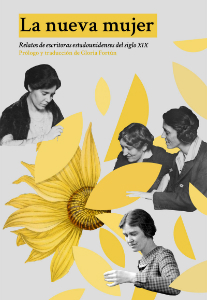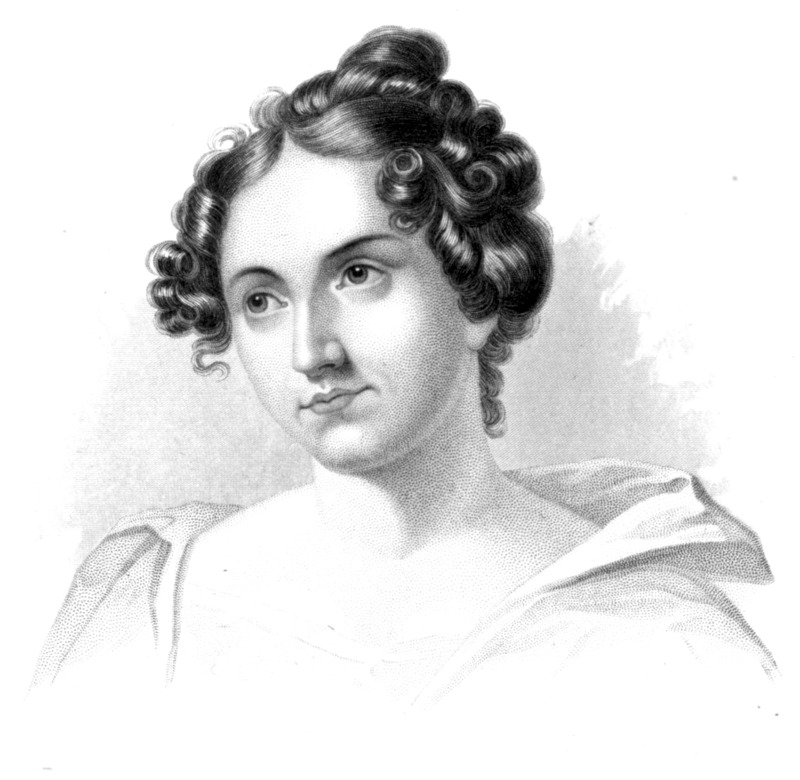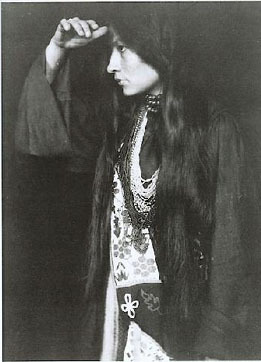
Mujeres que reclaman su derecho a trabajar en un mundo de hombres, valientes guerreras indias, forajidas del Oeste americano, inmigrantes sin pelos en la lengua, heroínas atrapadas en tenebrosos bosques… Estas son algunas de las protagonistas de La nueva mujer: relatos de escritoras estadounidenses del siglo XIX. Las autoras elegidas por Gloria Fortún para esta antología—mujeres de vanguardia que desafiaron con la pluma y el papel las convenciones sociales—son el símbolo de los anhelos y luchas de una época que asistió al surgimiento del empoderamiento femenino. La nueva mujer reúne a diez escritoras que, después de haberse forjado una carrera a la sombra de un canon literario eminentemente masculino, brillan ahora con más fuerza que nunca gracias a la riqueza y diversidad de unos relatos que reflejan desde múltiples perspectivas la realidad de la condición femenina en un tiempo marcado por profundas transformaciones políticas y sociales. Kate Chopin, Willa Cather, Sarah Orne Jewett, Charlotte Perkins Gilman, Sui Sin Far, Zitkala-Ša, Susan Glaspell, Harriet E. Prescott Spofford, Catharine Maria Sedgwick y Mary Austin son las diez escritoras que forman parte de un libro imprescindible para comprender el nacimiento de la «nueva mujer» en Estados Unidos durante el siglo XIX.
Authors

Catharine Maria Sedgwick was born December 28, 1789 in Stockbridge, Massachusetts. As a young woman, Sedgwick took charge of a school in Lenox. She converted from Calvinism to Unitarianism, which led her to write a pamphlet denouncing religious intolerance. This further inspired her to write her first novel, A New-England Tale. With her work much in demand, from the 1820s to the 1850s, Sedgwick made a good living writing short stories for a variety of periodicals. She died in 1867, and by the end of the 19th century, she had been relegated to near obscurity. There was a rise of male critics who deprecated women's writing as they worked to create an American literature. Interest in Sedgwick's works and an appreciation of her contribution to American literature has been stimulated by the late 20th century's feminist movement. Beginning in the 1960s, feminist scholars began to re-evaluate women's contributions to literature and other arts, and created new frames of reference for considering their work. In addition, the advent of low-cost electronic reproductions, which became available at the end of the 20th century, made Sedgwick and other nineteenth-century authors' work more accessible for study and pleasure.


Charlotte Perkins Gilman, also known as Charlotte Perkins Stetson, was a prominent American sociologist, novelist, writer of short stories, poetry, and nonfiction, and a lecturer for social reform. She was a utopian feminist during a time when her accomplishments were exceptional for women, and she served as a role model for future generations of feminists because of her unorthodox concepts and lifestyle. Her best remembered work today is her semi-autobiographical short story, "The Yellow Wallpaper", which she wrote after a severe bout of post-partum depression. She was the daughter of Frederic B. Perkins.

Susan Keating Glaspell (July 1, 1876 – July 27, 1948) was an American Pulitzer Prize-winning playwright, actress, director, novelist, biographer and poet. She was a founding member of the Provincetown Players, one of the most important collaboratives in the development of modern drama in the United States. She also served in the Works Progress Administration as Midwest Bureau Director of the Federal Theater Project. Her novels and plays are committed to developing deep, sympathetic characters, to understanding 'life' in its complexity. Though realism was the medium of her fiction, she was also greatly interested in philosophy and religion. Many of her characters make principled stands. As part of the Provincetown Players, she arranged for the first ever reading of a play by Eugene O'Neill.

Kate Chopin was an American novelist and short-story writer best known for her startling 1899 novel, The Awakening. Born in St. Louis, she moved to New Orleans after marrying Oscar Chopin in 1870. Less than a decade later Oscar's cotton business fell on hard times and they moved to his family's plantation in the Natchitoches Parish of northwestern Louisiana. Oscar died in 1882 and Kate was suddenly a young widow with six children. She turned to writing and published her first poem in 1889. The Awakening, considered Chopin's masterpiece, was subject to harsh criticism at the time for its frank approach to sexual themes. It was rediscovered in the 1960s and has since become a standard of American literature, appreciated for its sophistication and artistry. Chopin's short stories of Cajun and Creole life are collected in Bayou Folk (1894) and A Night in Acadie (1897), and include "Desiree's Baby," "The Story of an Hour" and "The Storm." Some biographers cite 1850 as Chopin's birth year.